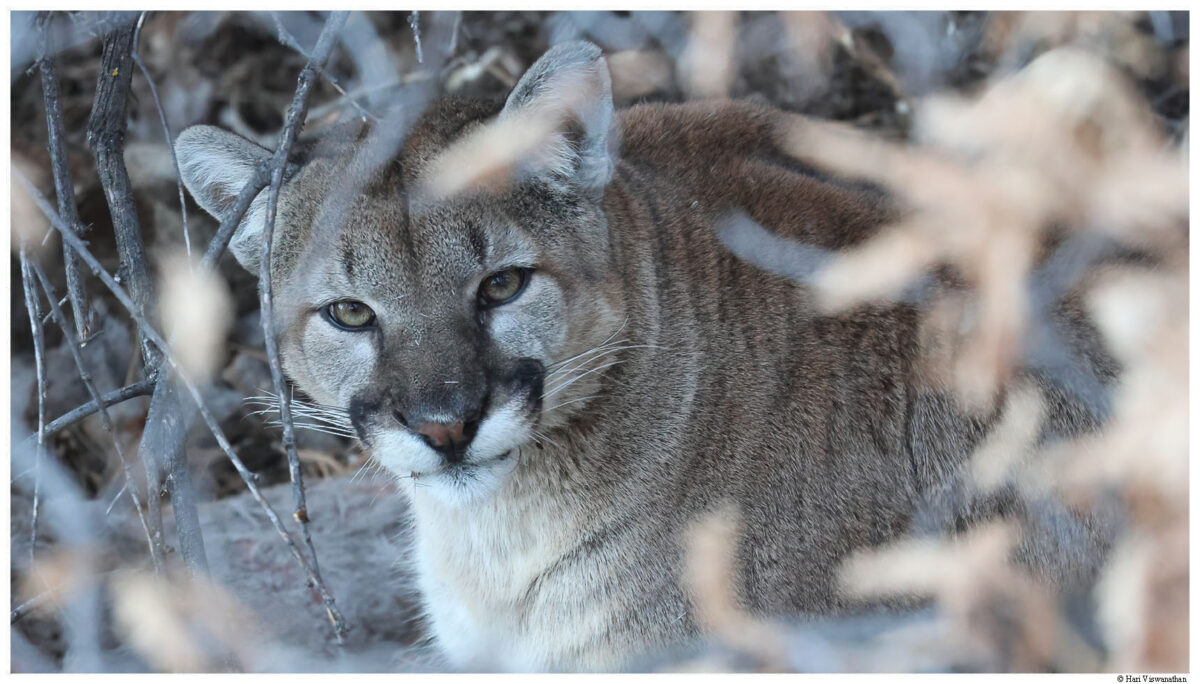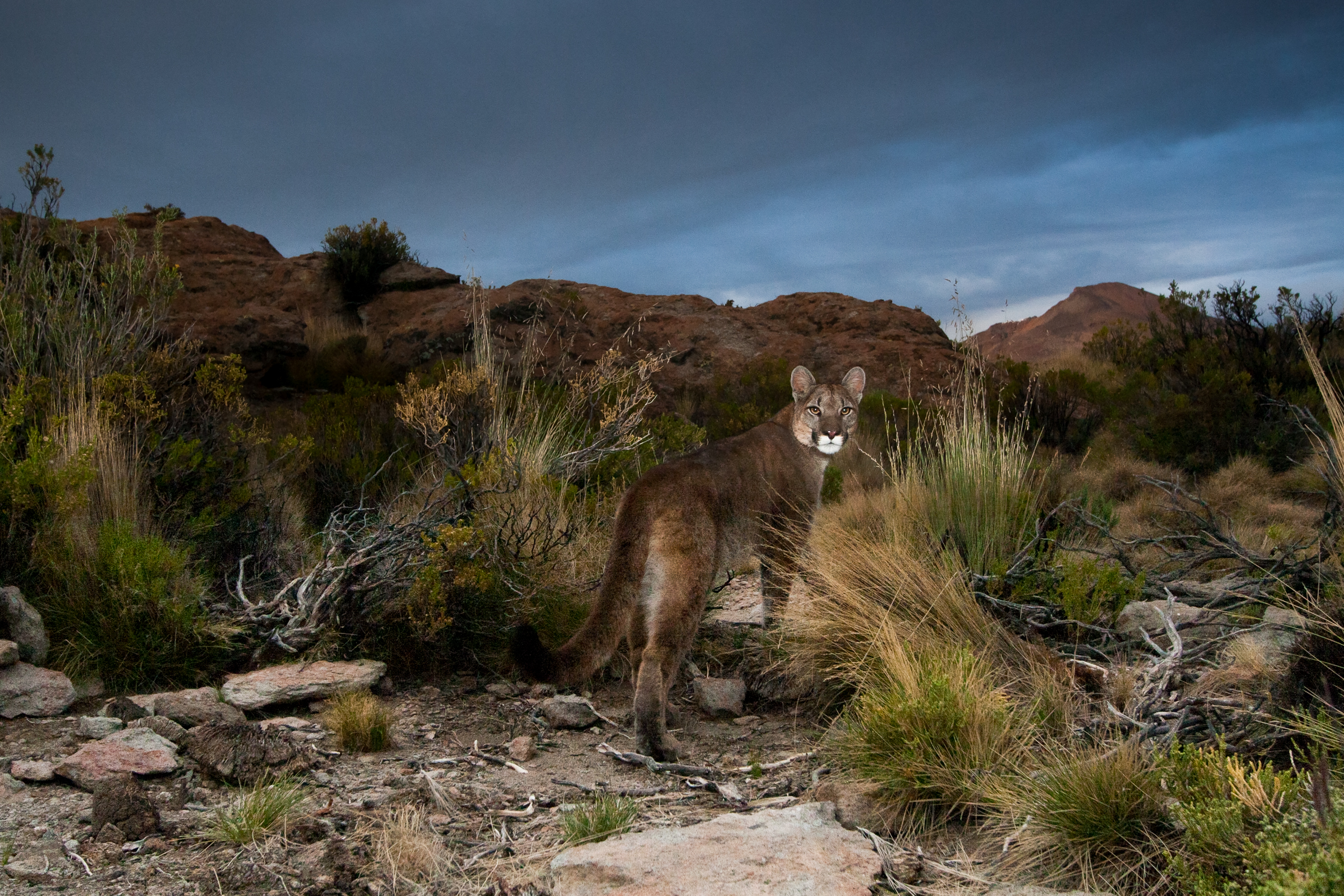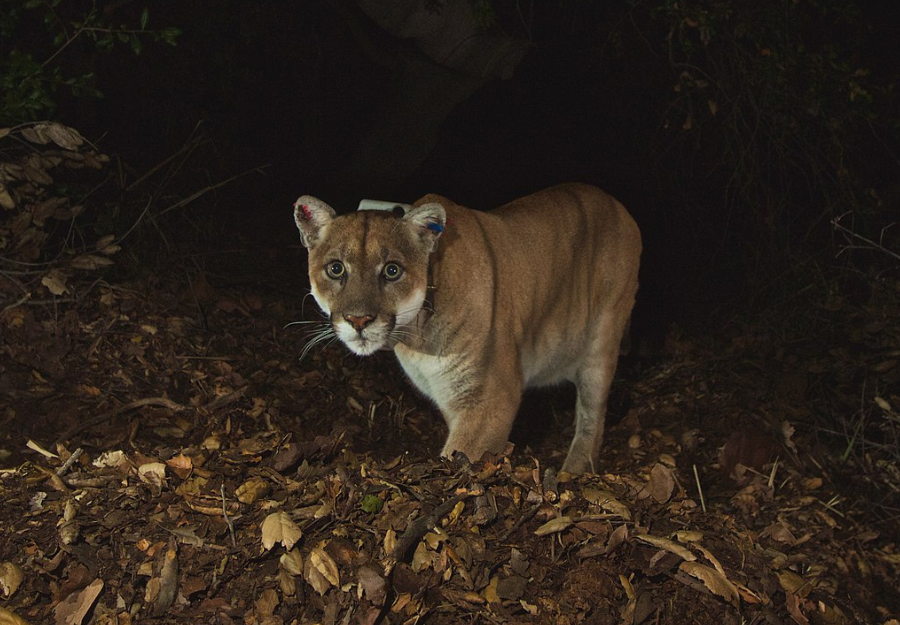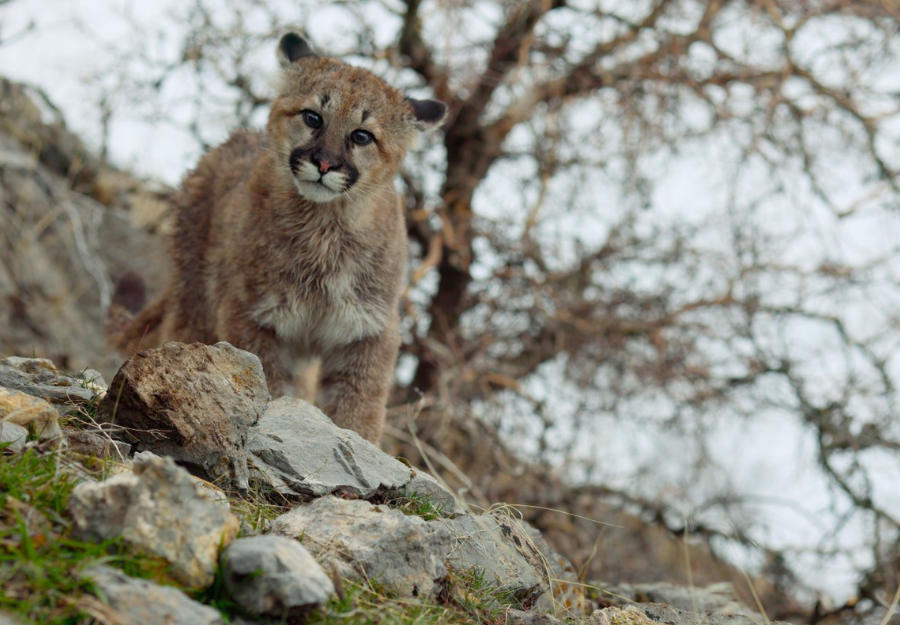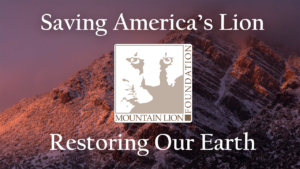
51 years ago Earth Day was founded. One of the largest grass roots movements in support of environmental protections. That day in 1970, an estimated 20 million people attended the festivities and marched in the streets demanding that our government do more to save our planet. 20 years later it rose to 200 million and today it is estimated that one billion people celebrate the Earth and will march in the streets for stronger environmental protections this April 22nd.
This Earth Day, after a year that tested us beyond measure, many of us are anxious, bored, over worked or worse, unemployed. We are ready to get out of the house. To help you celebrate the importance of this Earth Day we aren’t presenting a webinar to watch, a town hall meeting to attend or even a march. Today is for the Earth and we are asking you to step up and do something really radical. Something that could very well change your life or at least allow you to see your life and the planet from a different perspective. We are asking you to go outside. Take a hike through a forest, walk by a lake or alongside a river. Hug some trees and put your bare feet in the water. Experience the natural world in all of its glorious splendor.
Allow yourself to indulge in an old fashioned adventure. An adventure where you don’t know how long the trail is, or where the hike will lead you, where it ends, or what previous walkers, runners, bicyclists, or hikers thought about it as posted on social media or in the latest review ap. So please, have an adventure, unplug and go outside.
As you embrace nature and your own inner transformation, you’ll discover that your power—and responsibility—to change the world around you are far greater than you’ve known.
Watch the beautiful video above as your entry into the wild and then get out there. Just walk or hike or ride a bike. Find a park, nature preserves, a forest or some other place that is natural and free. Discover what you have missed, listen to the quiet and pay homage to the planet that sustains us.
Earth. This is your Day. We recognize you. We celebrate you.
______________________________________
Sentinels and Seekers Project:
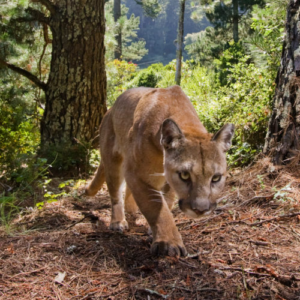
In partnership with wildlife and conservation photographer, Sebastian Kennerknecht, we aim to build public pride and empathy for mountain lions as a means to change policy and potentially assist these cats in their ability to safely move through their habitat.
The Sentinels and Seekers Project will show the pride we have in the iconic cats that are currently protected and develop empathy for those lions that are not as lucky.
PRIDE: Mountain lions occupy much of the western US. Some individuals stand guard over the most sacred of our protected lands, like Yosemite and Glacier National Parks, and the Grand Canyon. These lucky sentinels occupy about fourteen percent of puma range. By visually depicting these sentinel cougars in the most iconic of US landscapes and habitats – showing their wildness and strength – the project aims to create a sense of national pride for them and the environments we have already protected.
EMPATHY: With your support, we can raise empathy and potentially establish policy changes for three separate wildlife habitat where the potential for wildlife corridors to be established is strong. Washington, California and Arizona have key areas that cause mortality of our cats attempting to navigate through human habitat. The photographs taken at these critical points are the catalyst for the empathy needed to protect these wildlife corridors.
The comparison of sentinel and seeker cats will introduce you to individual pumas allowing a connection to be formed between humans and cats with unique personalities and characteristics. A population of animals sometimes means little to a person, an individual cat, with a given name, means everything. Your help with this project means even more.
THE LOCATIONS
Olympic Peninsula, WA
Habitat: lush temperate rainforest
Barriers: peninsula exit points are getting cut off as Seattle suburbs expand. Interstate 5 proves another seemingly impossible road to cross for the cats.
Solutions: policy action to maintain corridors, fund-raise for 1-5 overpass.
San Francisco East Bay, CA
Habitat: oak savanna
Barriers: fast paced urban sprawl will cause isolated puma populations
Solutions: policy creation to protect wildlife corridors between populations.
Sonoran Desert, AZ
Habitat: arid desert
Barriers: Interstate 10 is a major movement barrier for cats dispersing north
Solutions: wildlife overpass over the four lane freeway.




 Facebook
Facebook Twitter
Twitter Send Email
Send Email